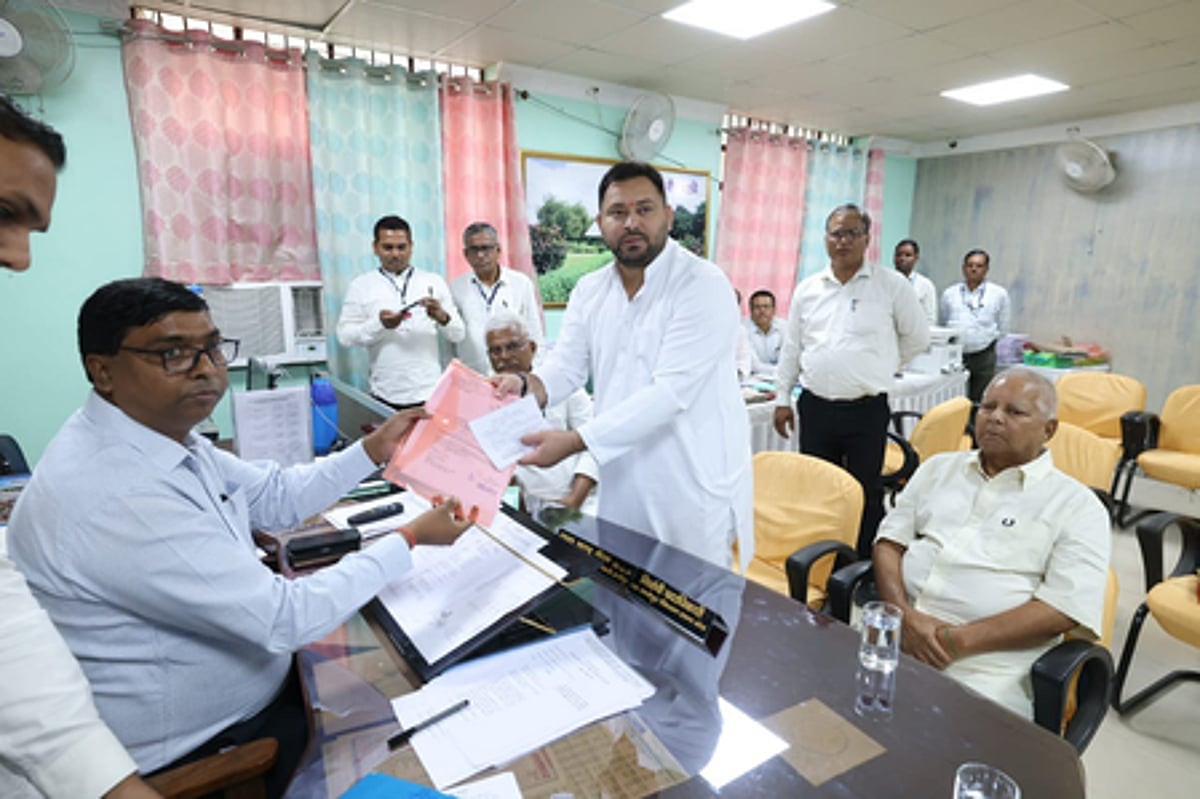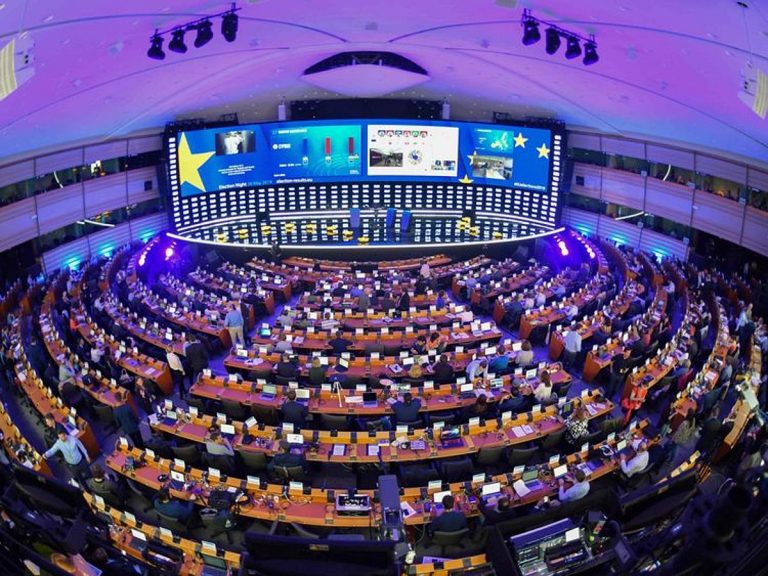Bihar Elections: Political Tensions and Alliances Emerge
As Bihar approaches its election, the political landscape is marked by significant discord among both the ruling and opposition parties. With the first phase of voting just weeks away, the Congress party has finally endorsed Tejashwi Yadav of the Rashtriya Janata Dal (RJD) as the chief ministerial candidate. This late endorsement raises questions about the dynamics within the opposition alliance and the potential impact on their electoral strategy.
Opposition’s Struggle for Unity
The Congress party’s delay in publicly supporting Tejashwi Yadav has been puzzling to many within the party. Senior leaders have expressed confusion over why the party hesitated to back Yadav, especially given that he is seen as the most viable candidate for the chief ministerial position. This indecision has hindered the formation of a cohesive seat-sharing agreement among the opposition allies, leading to several “friendly fights” in the upcoming elections.
The internal strife within the opposition coalition, known as the INDIA bloc, is not an isolated incident. Historically, the Congress has faced challenges in maintaining unity with smaller allies across various states. Despite recent positive feedback from Rahul Gandhi’s voter outreach initiatives, the Congress has struggled to regain its footing in Bihar, where it has not been a dominant political force for years. The party’s leadership appears to prioritize its national stature over local political realities, which has complicated its relationships with regional partners.
Fallout with Allies
The tensions in Bihar have also affected the Congress’s relationship with the Jharkhand Mukti Morcha (JMM), which has expressed dissatisfaction with how it has been treated during the alliance negotiations. Veteran Congress leader Ashok Gehlot was dispatched to Bihar to help resolve these issues, while Krishna Allavaru, the party’s in-charge for the state, has faced criticism for his management style and ticket distribution process. His corporate background has clashed with the traditional political culture in Bihar, causing further unrest within the party.
The question arises: why has the opposition taken so long to formulate a strategy for the Bihar elections? With the election timeline known well in advance, the last-minute scramble for seats and nominations raises concerns about the effectiveness of their campaign.
Tensions Within the Ruling Alliance
The ruling National Democratic Alliance (NDA) is not without its own challenges. The Bharatiya Janata Party (BJP) appears to be positioning itself to overshadow Chief Minister Nitish Kumar, as evidenced by the equal distribution of seats between the two parties. Additionally, the BJP has refrained from publicly endorsing Nitish for the chief minister’s role, indicating a potential shift in leadership should the BJP perform well in the elections. Historical precedents, such as the treatment of Eknath Shinde in Maharashtra, suggest that the BJP is willing to replace leaders who do not align with its strategic goals.
Further complicating matters for the NDA, Upendra Kushwaha, the chief of the Rashtriya Lok Morcha and a former Union minister, has publicly acknowledged internal discord regarding ticket distribution within the alliance. This admission highlights the fragility of the NDA’s unity as it heads into a critical election.
Stakes for All Parties
The upcoming Bihar election is pivotal for several key players. For the Janata Dal-United (JD-U), it represents a crucial moment to regain lost ground after years of decline. The BJP is eager to expand its influence in a state that has historically resisted its dominance. For the RJD, this election serves as a significant test of Tejashwi Yadav’s leadership, as he steps out from the shadow of his father, Lalu Prasad Yadav. Meanwhile, the Congress sees this as an opportunity to reclaim relevance after years of being sidelined.
As both alliances navigate their internal conflicts, the potential for unexpected developments remains high. The political landscape in Bihar is anything but predictable, and the next few weeks will be critical in shaping the future of the state’s governance.
FAQs
Why did the Congress delay its support for Tejashwi Yadav?
The Congress party’s delay in endorsing Tejashwi Yadav has been attributed to internal disagreements and a lack of clarity on their electoral strategy, which ultimately hindered seat-sharing negotiations with allies.
What challenges does the NDA face ahead of the elections?
The NDA is grappling with tensions between the BJP and JD-U, particularly regarding seat distribution and leadership roles, which could impact their electoral performance.
What is at stake for the RJD in this election?
For the RJD, this election is a critical opportunity for Tejashwi Yadav to establish his leadership credentials and demonstrate the party’s viability outside of his father’s influence.
Conclusion
The Bihar elections are shaping up to be a high-stakes contest, with significant challenges for both the opposition and ruling alliances. As tensions mount and strategies evolve, the coming weeks will be crucial in determining the outcome of this pivotal political battle. Each party must address its internal conflicts to present a united front to the electorate.
Also Read:
GITEX 2025: Key Insights for Business Leaders







